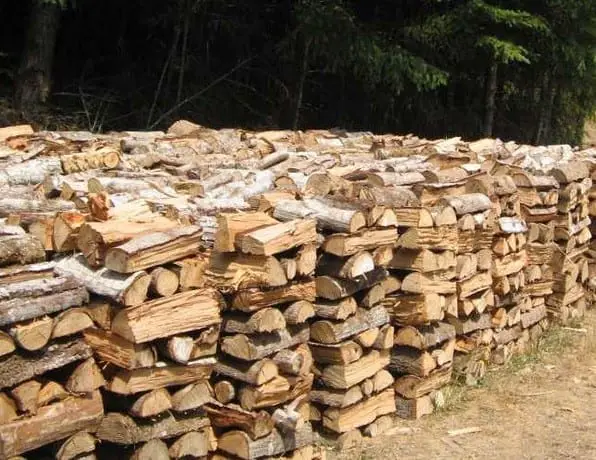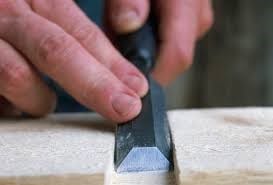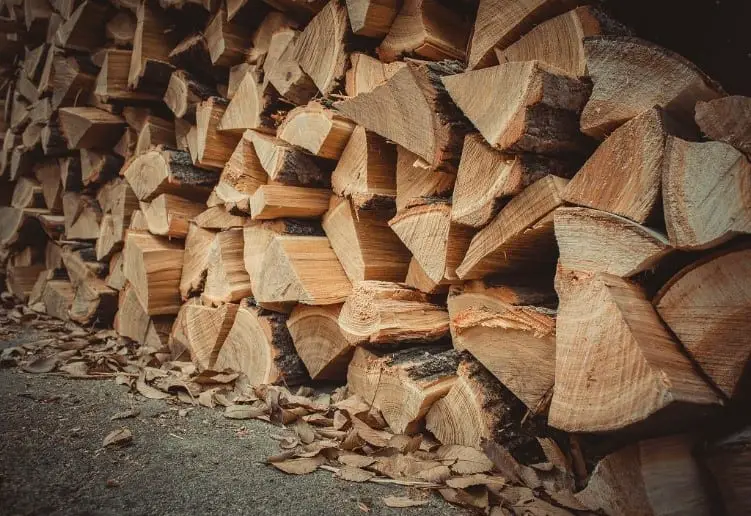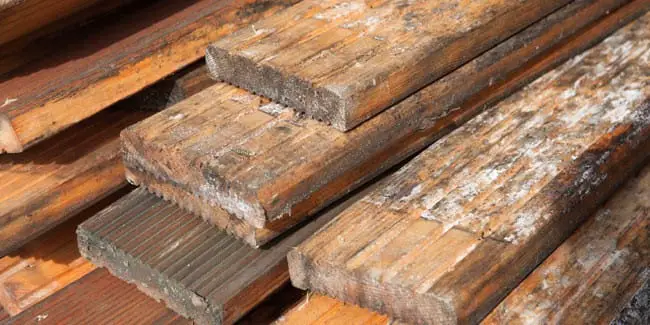Seasoning is another term for drying and it applies to almost all types of wood used for construction and for the manufacture of furniture. There is no doubt that green wood or unseasoned wood is beautiful, however, this can expand and contract and suffer from rotting when not properly prepared.
Not to mention wood is also the favorite of many kinds of insects and pests. Seasoning keeps wood rot and pest-free. How long does it take to season wood? This will be answered in this simple guide.
How long do you have to wait for the wood to season?
There are many takes to this question but the most popular answer would be season for a season. So you need to wait for at least 6 months to completely dry wood. But this is just a number. Because there are different kinds of wood with each one having its own moisture content or moisture levels, it’s tough to have a specific number.
Seasoning firewood
Firewood should be dried, or “seasoned,” until the moisture content is less than 20 percent for optimal burning. But it does not mean that firewood with higher moisture levels will not burn; these will burn but may take time to light and maintain. Green firewood or wood that was not completely seasoned may crack or burst as it burns in the middle of the fire as moisture tries to escape the inner walls of the wood.
There are many advantages to seasoning firewood equipment-wise. One, you won’t have to deal with too much dirt, tar or creosote which often affects the efficiency of woodburning stoves and fireplaces. Creosote is very thick sludgy material that is the by-product of burning green firewood. Creosote plus ash can dislodge into the flue pipes in your chimney or stove and can darken the glass windows of your stove or oven as well.
Aside from creosote and tar, ash and thick smoke are commonly emitted by green or unseasoned firewood and this can cause respiratory ailments and allergies. All these are very good reasons why you should never overlook seasoning your wood especially firewood.
How to check if firewood is properly seasoned?
There are many signs that firewood or wooden building materials are properly seasoned. Just by checking the wood, you can see that it is already dry. Check for cracks in the end grains that radiate from the heartwood to the sapwood. These could mean that the wood is already dry but radial checking is just one way to check. You must combine this method with other techniques.
Another important thing to check is color. Well-seasoned wood has a darker color. The color changes from white to yellow and then completely gray. Greenwood is white or dirty white. The fresh scent of wood is also a giveaway that it is still far from being seasoned.
If you spot loose bark and the bark easily separates from the body of the wood or log then this is a good sign that the wood is completely dry. If the bark is still attached to the wood, use a sharp knife to peel it back. If the back of the skin is green then the wood is still green as well.
You can also listen to wood to check if it is seasoned or not. Bang two pieces of wood together. If you get a good hollow sound then wood is good and dry. Still another way to test wood is to lift or carry it. Wood that has been seasoned is lighter compared to the green wood of the same tree species. Finally, you can also burn a few pieces of wood just to check if you got well-dried wood.
Wood naturally dries right after it has been cut as its protective bark helps prevent the interior moisture from evaporating. By splitting the wood into smaller pieces, you have a greater surface area. The greater the total surface area, the lower the overall density. Therefore, wood will be able to dry and season quicker.
Different types of wood, different seasoning rates
Keep in mind that trees with a dense wood structure like oak and elm, season slower than less dense wood types like ash and birch. Woods that belong to the “diffuse porous” species like maple, birch, and poplar will dry quicker as well. On the other hand, “ring porous” species, such as oak and ash dry slowly.
Conclusion
Seasoning takes time and the rate of drying of wood is affected by several factors: the type of wood, the wood’s moisture content, the climate and more. But despite these, you must never overlook seasoning wood considering many health hazards in burning green or unseasoned wood.








